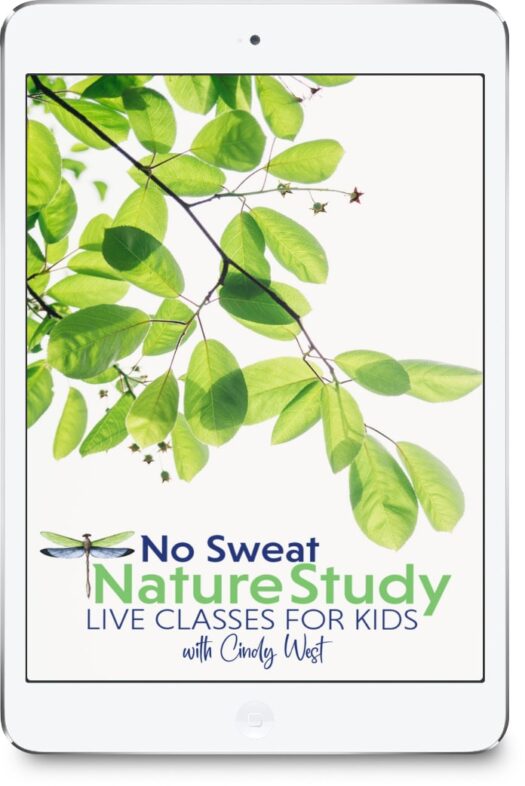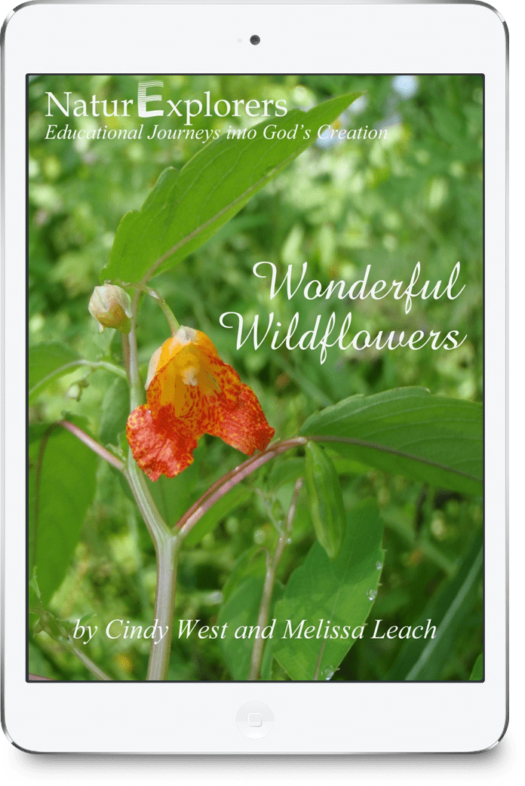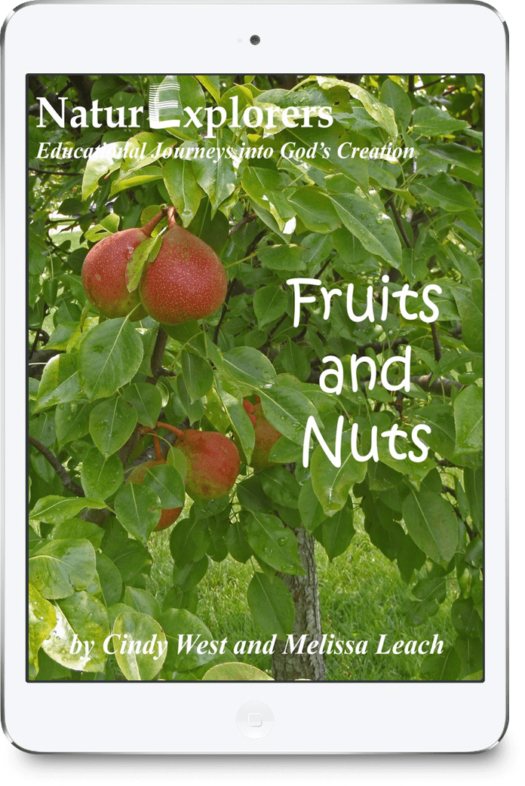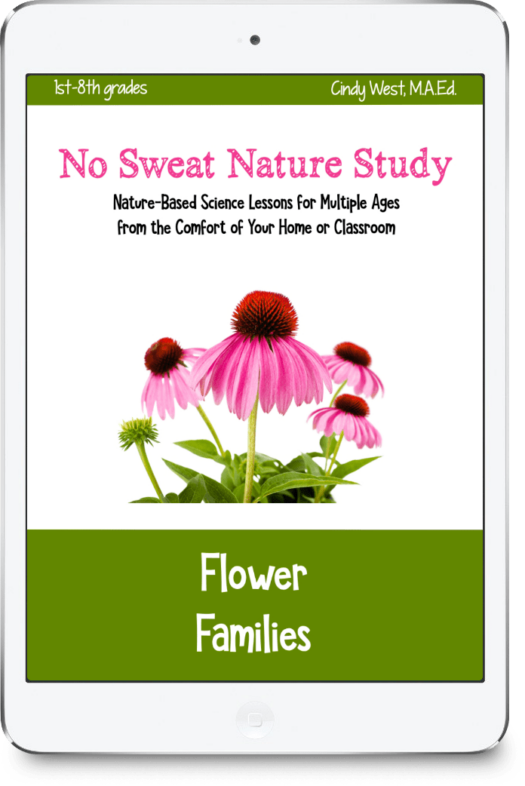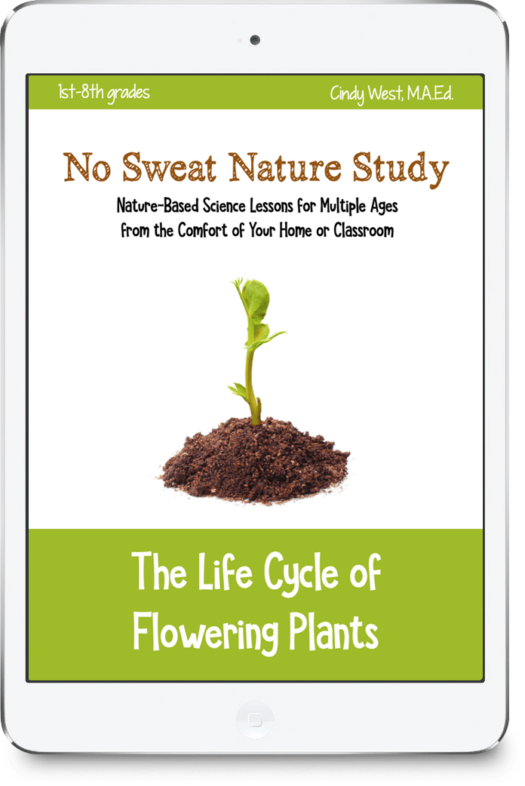Daisy Nature Study
Hi friends! Thanks for coming along with me today for some delightful daisy nature study. I’m Mrs. Cindy and I’m glad you’re here!
Daisy Nature Study
If I asked you to describe a daisy, what would you say?
If I asked ten people to describe daisies to me, I bet most of them would tell me that daisies have lots of petals and a big, rounded center where you can find pollinators enjoying the nectar. They might also describe the stems as tall, slender, and rigid with leaves that are oblong and not smooth around the edges. This is a wonderful description of so many parts of a daisy!
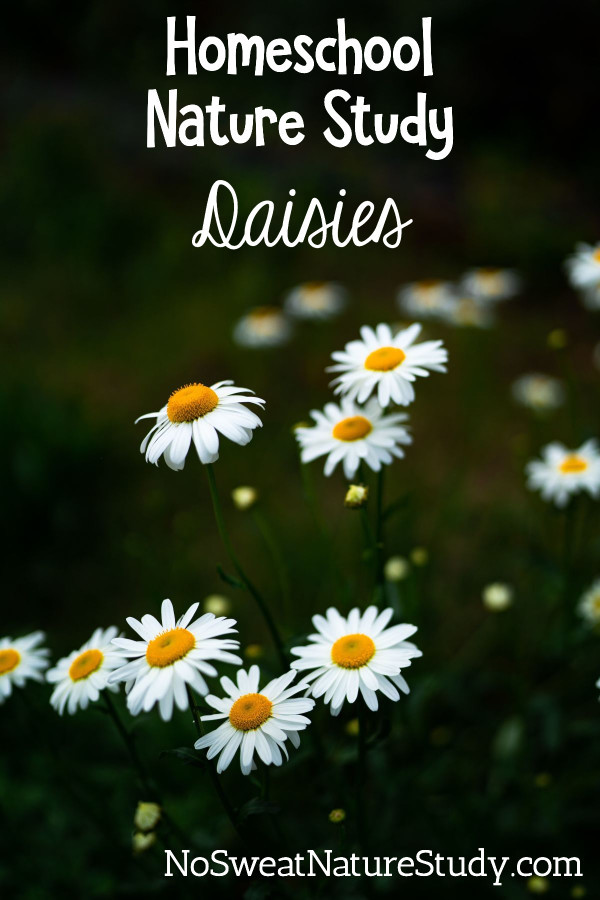
This post contains affiliate links.
What color petals would most people see in their minds as they describe a daisy? If you said white, you’re right. When most people think of a daisy, they picture a bunch of thin, white petals surrounding a bright yellow middle.
While there certainly are plenty of daisies that are white with yellow centers, not all of them are white. You see, white petaled daisies are part of an entire family of flowers called the Asteraceae family.
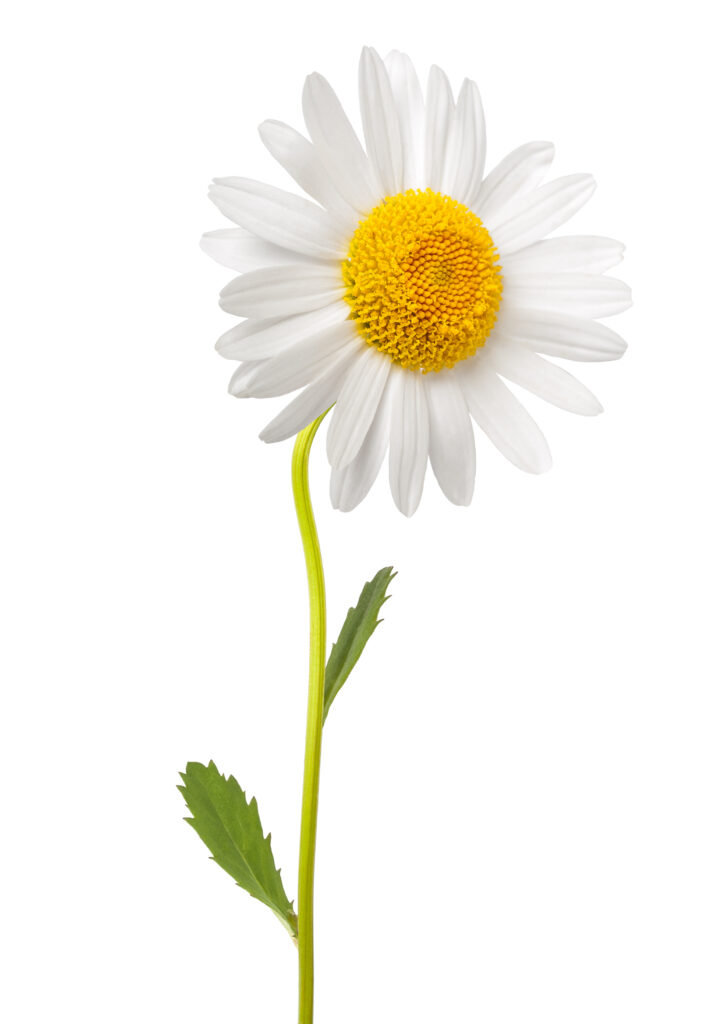
The Asteraceae Flower Family
Do you hear the word “aster” in Asteraceae? Sometimes this family is called the aster family, sometimes it’s called the daisy family, and sometimes it’s even called the composite family.
No matter what you call it, there are more than 32,000 types of flowers in this family! Daisies are a part of the Asteraceae family, but so are asters (of course), sunflowers, dandelions, thistles, dahlias, coneflowers, and others.
When you’re talking just about the daisies within this family, there are around 20,000 different species. Lots of them are white like Shasta daisies, English daisies, and ox-eye daisies. But many of them are colored, too, like the bright yellows, oranges, and pinks of Gerber daisies and African daisies.
The 20,000 daisy varieties come in all sorts of sizes. The general characteristics are basically the same – meaning they all have between 30 and 54 slender petals surrounding a rather large middle part that sits upon a skinny, rigid stem with leaves that aren’t smooth. But, individual species can range anywhere from around 10 inches to several feet tall. The flower heads can small, medium, or large, the leaves can vary in how they look, and just like the petals can be different colors, so can the middle part, too.
What are composite flowers?
Speaking of the flower head. Do you remember me saying that the Asteraceae family is sometimes called the composite family? Hold onto your hats because I have something very interesting to tell you. Daisies, like the other flowers in the Asteraceae family are composite flowers. That means the flower heads are actually made of lots of flowers!
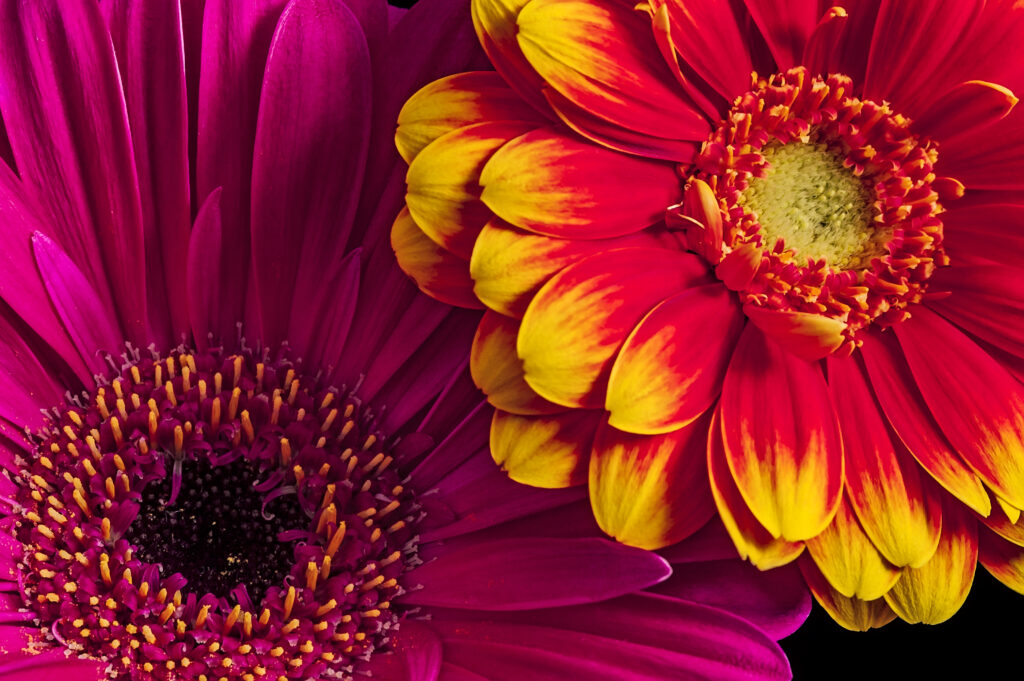
What we’ve been calling the petals are officially called the ray flowers. You can remember that because they look sort of like rays of sun – especially when the petals happen to be yellow. What we’ve been calling the middle part is where the real surprise comes in. Within the middle part are all sorts of smaller, individual flowers (each with their own reproductive parts) that most people wouldn’t even notice as flowers unless they looked closely. These little florets are called disc flowers because they grow from the round part that looks like a disc.
Are you ready for your mind to be blown one more time? Daises are composite flowers that have both rays and discs, but some other types of flowers in the Asteraceae family don’t. For instance, dandelions have only the rays, while thistles only have disc flowers. That’s wild, huh?
-
 Flower Families$20.00
Flower Families$20.00 -

-
 Wonderful Wildflowers$28.00
Wonderful Wildflowers$28.00
Daisy Nature Study Challenge
It’s time for our homeschool nature study challenge and I’m pretty sure you can already guess what you’re looking for today. Of course, daisies!
Where can you go to find daisies? Check your yard, a friendly neighbor’s yard, a local park that grows flowers, an arboretum, or even a local flower shop. We once called our local flower shop and told them what we were hoping to study and they gave us the grand tour with amazing explanations as they showed us all sorts of specimens!
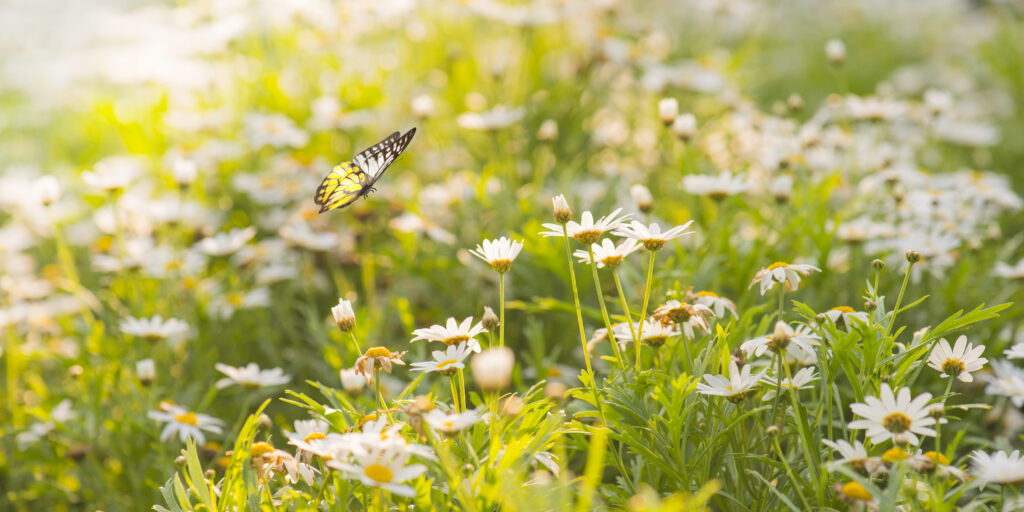
Take along your nature journal, colored pencils, a regular pencil, and maybe even a magnifying glass. Look for various daisies or even various flowers in the Asteraceae family to compare. Notice similarities in the flowers and then look for differences.
Sketch one, two, or even three flowers in detail. Be sure to add the proper number of ray petals and show the disc florets. You might consider drawing the flower heads as their actual sizes. Don’t forget to notice the stems, leaf shapes, and leaf placements in your sketches, too!
Parents can share pictures of your daisy nature study pages on social media and tag me @OurJourneyWestward so that I’m sure to see your amazing work!
Until next time when we learn about the wonderful life in a brook…happy nature exploring!
Links and Resources
Please leave a rating or a review on your podcast app! It helps the podcast to show up for more people…which means more families can enjoy science through the wonderful lens of nature study! Thank you!
Would you like to record a voicemail to answer this season’s nature study question?
At the end of each No Sweat Nature Study Podcast episode, Mrs. Cindy includes messages from a few of her friends. You have the opportunity to record a message that she might use on an upcoming episode!
All children must have their parents’ permission before leaving a recording. Parents are welcome to record an answer, too!
Each season, there will be a different question to answer. You can see this season’s question below. Think about your answer first and then follow these simple directions:
- Click the button that says “start recording”.
- Tell me your first name. (If you want to tell your age and/or where you live, feel free to do that, too.)
- You will have 60 seconds to answer the question, but try to be concise.
- Push the play button to listen to your recording before sending it to be sure it is recorded properly. If not, simply record it again.




